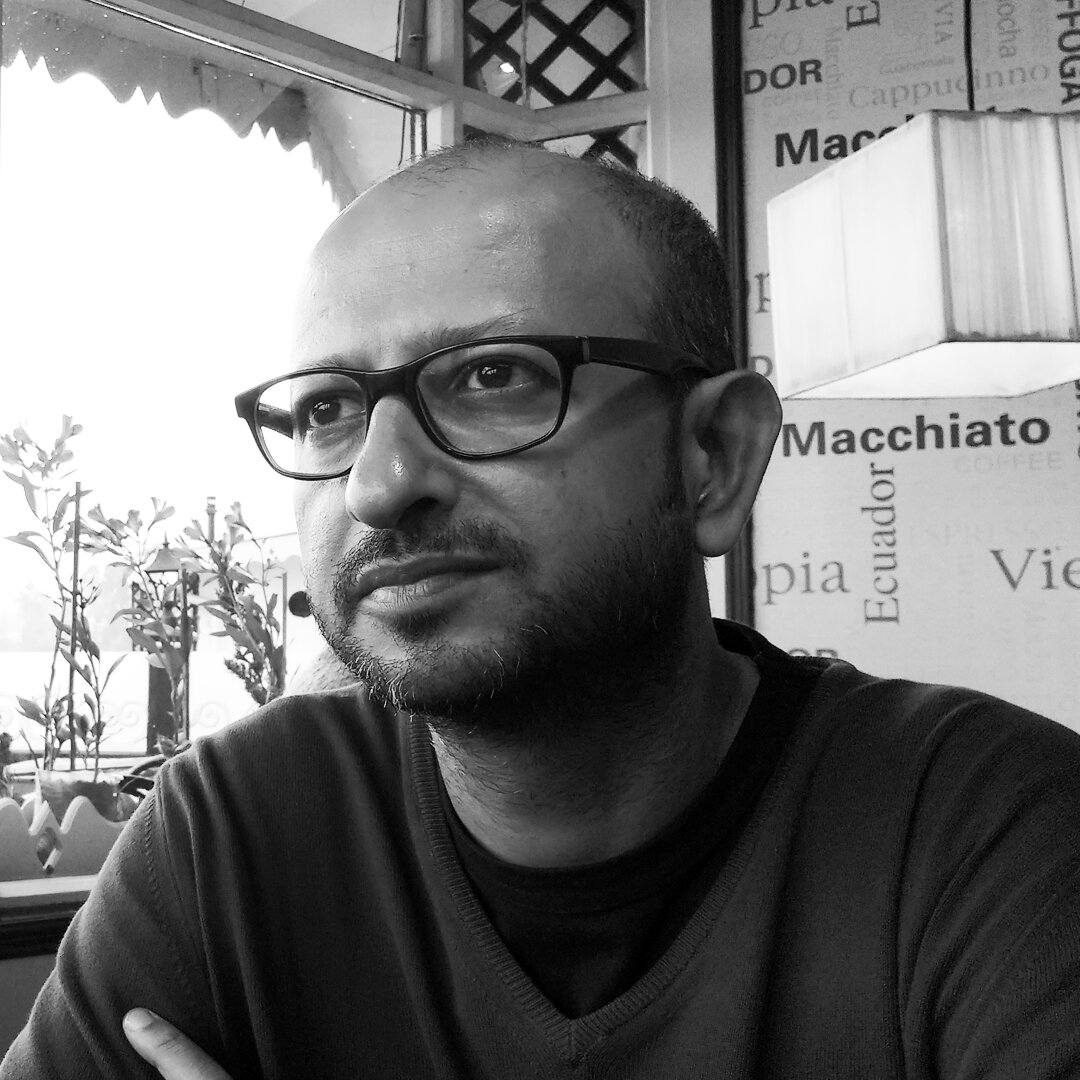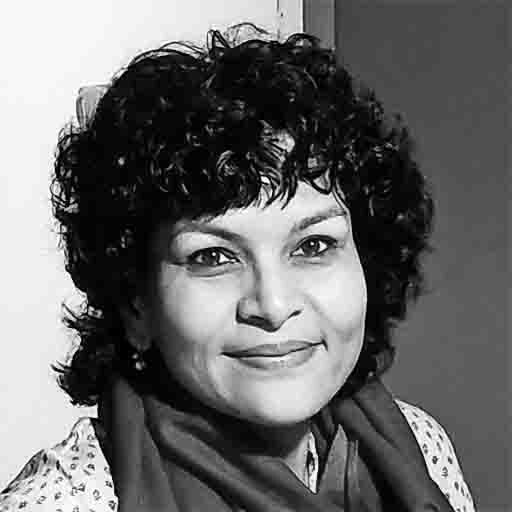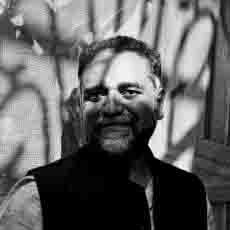Listen to our fascinating speakers!
COMPLETED TALKS AND EVENTS
Recreating The Roee: The Shrubland of the Thar Desert
By Pradip Krishen | 21 August 2020
In January of 2016, Pradip Krishen was shown a barren tract of ‘marooned dunes’ in the north-east of Jaipur city by the Jaipur Development Authority (JDA) and asked if he was willing to shape it into a public park.
Building on the work he has done in Jodhpur where he created the Rao Jodha Desert Rock Park on 70 hectares of rocky hillside, he was excited by the prospect of trying to restore a very different (sandy) desert landscape.
In this talk, Pradip Krishen walked us through different facets of his work in creating ‘Kishan Bagh’ as a place that invites visitors to get to know the desert intimately, its rocks and plants, but most specially, a native Thar shrubland called ‘Roee’. The ‘central ambition’ of Kishan Bagh is to introduce the word ‘Roee’ into the vocabulary that people use when they think or talk about the Thar desert. That could be a first step towards visiting, photographing and hopefully, conserving this relict landscape.
In Conversation with the Filmmakers - On Documenting Indigenous Food Cultures
By Dolly Kikon and Nilanjan Bhattacharya | 22 August 2020
Anthropologist Dolly Kikon was in conversation with filmmaker Nilanjan Bhattacharya about their documentary films Seasons of Life: Foraging and Fermenting Bamboo During Ceasefire and Johar: Welcome to Our World. Both these documentaries illustrate indigenous food cultures and practices, which are often overlooked in the mainstream discourse about Indian cuisine and food habits.
Solving the Problem of Hunger
By Gabriela Soto Laveaga | 22 August 2020
In the mid-1960s concerns over population growth and the ability to feed a "hungry world" dominated global policy. The elimination of hunger via science, specifically agricultural science, was seen as a plausible solution. The global solution came to be known as the Green Revolution and it was pushed from Mexico, where it originated, across the globe. Only later would we come to understand that a single, global solution had significant environmental, social, and economic impacts, especially for already vulnerable populations.
On Archiving Eden: The Intricacies of Documenting Seedbanks Around the World
By Dornith Doherty and Giovanni Aloi | 6:30 PM IST | 23 August 2020
Since 2008 Dornith Doherty has worked in an ongoing collaboration with renowned biologists in the most comprehensive international seed banks in the world: the United States Department of Agriculture, Agricultural Research Service’s National Center for Genetic Resources Preservation in Colorado, the Millennium Seed Bank, Royal Botanic Gardens, Kew in England; and PlantBank, Threatened Flora Centre, and Kings Park Botanic Gardens in Australia. In this era of climate change and declining biodiversity, by collecting, researching seed biology, and storing seeds in secure vaults, seed banks play a vital role in ensuring the survival of genetic diversity in wild and agricultural species. Utilizing the archives’ on-site x-ray equipment that is routinely used for viability assessments of accessioned seeds, she documents and subsequently collages the seeds and tissue samples stored in these crucial collections. The amazing visual power of magnified x-ray images, which springs from the technology’s ability to record what is invisible to the human eye, illuminates her considerations not only of the complex philosophical, anthropological, and ecological issues surrounding the role of science and human agency in relation to gene banking, but also of the poetic questions about life and time on a macro and micro scale.
In this conversation with art historian Giovanni Aloi, who writes about nature in visual culture, Dornith discusses her artistic practice, the way seed banks are tied to economic systems, political histories, migration routes and the massive efforts undertaken by biologists and conservation agencies to protect biodiversity.
A Scientific Life
By Vinita Damodaran | 6:30 PM IST | 25 August 2020
Vinita Damodaran is a historian of modern India, interested in sustainable development dialogues in the global South. Her work ranges from the social and political history of Bihar to the environmental history of South Asia, including using historical records to understand climate change in the Indian Ocean World.
The Gilded Canopy - A Session with the Natural History Museum
By Sandra Knapp | 6:30 PM IST | 26 August 2020
The building housing the collections and exhibitions of the Natural History Museum in London is a collection itself. Highly decorated throughout with motifs and casts of animals and plants, it has been likened to a cathedral to natural history. When it opened in 1881, the press ridiculed the building as garish and over-decorated...more akin to a pleasure garden than to a sober national museum. Throughout the terracotta facings on the building, inside and out, the architect Alfred Waterhouse placed images of animals – both living and extinct – on most of the available surface. Plants provide the decorative elements everywhere except the ceilings – where they are the stars of the show. The vaulted ceilings of the main hall are composed of panels illustrating a wide variety of plants from all over the world. Why these plants? Where did the images come from? What do they say about the world at the time the Museum in London was built? Plants were the basis of economies in the 19 th century, and the ceilings tell some of their stories, but also allow us to explore how the world has changed since the days the Museum first opened its doors to the public.
Can You Hear Her Speak?
By Emilia Terracciano | 6:30 PM IST | 28 August 2020
Following his pioneering discoveries in wireless communication, physicist Jagadish Chandra Bose turned to the world of plants. Merging the disciplines of biology and physics, he advanced path-breaking studies in the field of biophysics, and invented the Crescograph instrument to study plant intelligence.
This talk focuses on the Mimosa Pudica, the 'sensitive', 'touch-me-not' plant Bose repeatedly used in his studies. It includes a discussion about artist Gaganendrath Tagore and the imaginative works he produced which depict Bose at work. We consider how these visionary images paint the limits of the plausible, the audible, and the artificial, placing Bose and his research into the world of plants at the threshold of the human. 150 years after Bose's birth, what can artists, scientists and plant neurobiologists learn from Bose and his research?
Walkthrough of the John Innes Centre
By Sebastian Samwald | 5:00 PM IST | 29 August 2020
Join researcher Sebastian Samwald live from the lab to find out what it’s like to study the science of plants.
On Garden Cultures
By Amita Baviskar and Suresh Jayaram | 6:30 PM IST | 29 August 2020
For inhabitants of bustling cities like Delhi and Bengaluru, parks such as Lodhi Gardens and Lal Bagh offer a refuge from the sensory assault and stress of urban life. These urban commons are where we can take a deep breath, stroll along canopied pathways and colourful flowerbeds, hang out with family and friends. They are the green lungs that make cities liveable.
But there is much more to urban parks than meets the eye. Each garden tells a story about empire and the nation, about movement and migration, about changing cultural styles. Each park holds a history of the thought and labour that went into its creation. Join Amita Baviskar and Suresh Jayaram in exploring urban gardens as a unique blend of nature and culture and learn something new about plants and people.
Green Imperialism and After
By Mahesh Rangarajan | 6:30 PM IST | 30 August 2020
Join the talk by historian Mahesh Rangarajan to explore scholar Richard Grove’s legacy and the challenges of environmental history.
The demise of Richard Grove in June 2020 leaves both a void that will be hard to fill and legacy that will challenge scholars and thinkers on our environmental dilemmas in this still young century. His doctoral thesis from Cambridge revised and published under the intellectually original and provocative title Green Imperialism in 1995 opened new windows on our shared pasts. In later years, his work on El Nino set the stage for connected histories of climate change and human endeavor. HIs legacy as a scholar will reach out to many who were not privileged enough to study or work with him. His ideas will challenge, stimulate and push us to new horizons.













